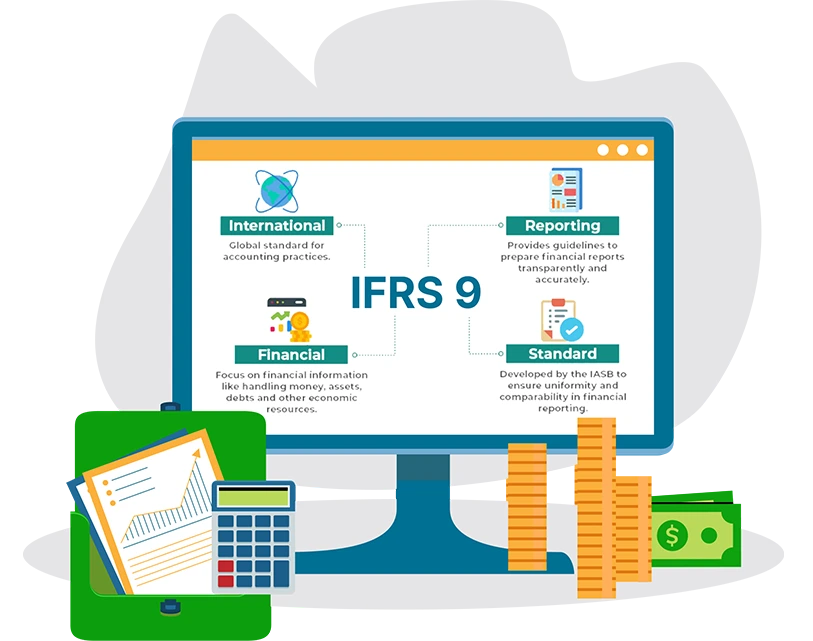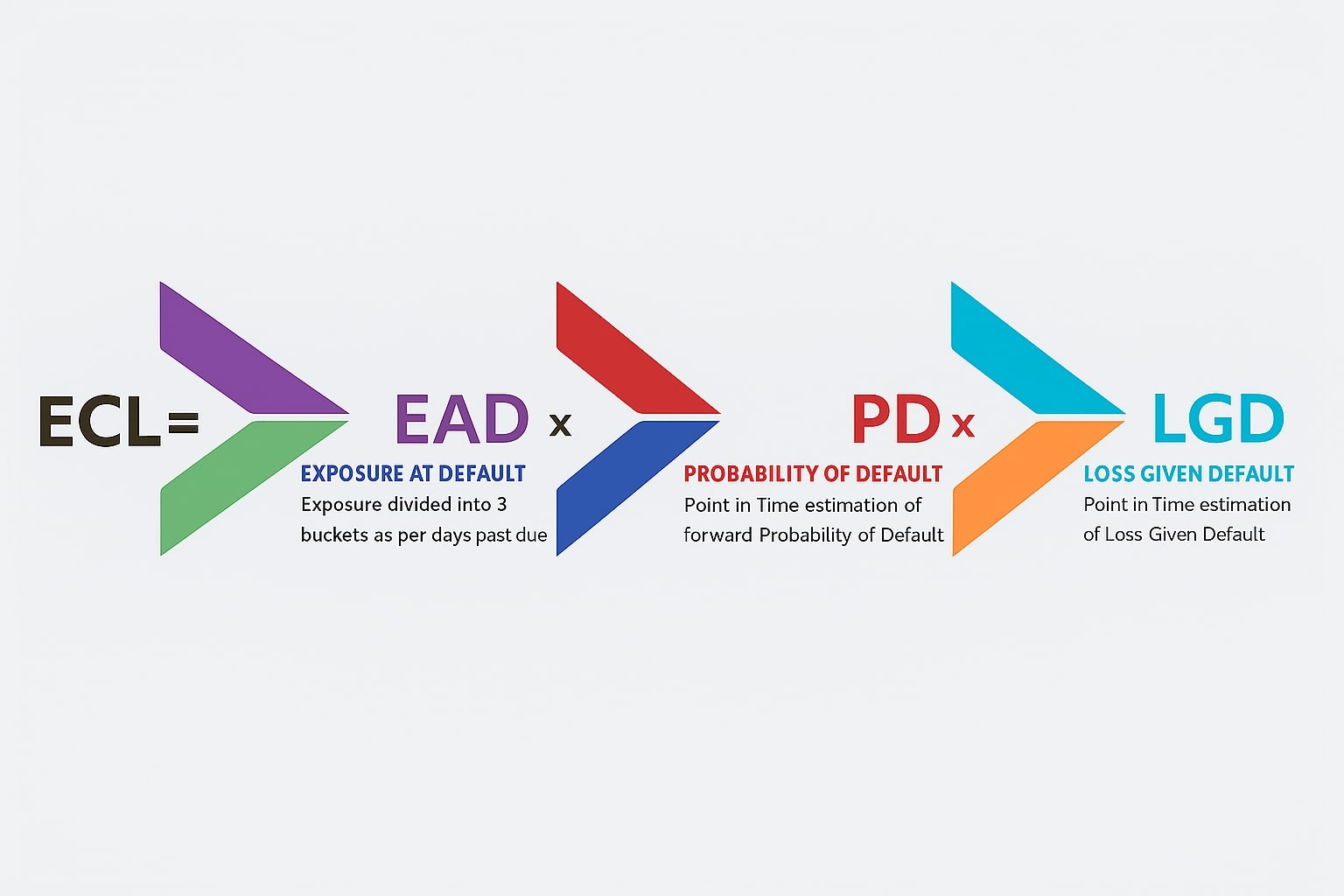IFRS9 and IFRS 9 Compliance Made Simple
Whether you're operating under SBP, UAE Central Bank, or SAMA regulations, our powerful IFRS 9 software is built to meet your needs. Automate Expected Credit Loss (ECL) calculations, streamline financial reporting, and stay fully compliant—no matter your location. Trusted by banks and enterprises across Pakistan, the UAE, and Saudi Arabia, our solution brings speed, accuracy, and confidence to your compliance process.
Schedule a DemoRegions Available
UAE
Saudi Arabia
Tanzania
Russia
Fiji
Kyrgyzstan
Uzbekistan
Pakistan
Kazakhstan
Australia
United Kingdom
New Zealand
Nepal
Oman
Hong Kong
Qatar
Germany













